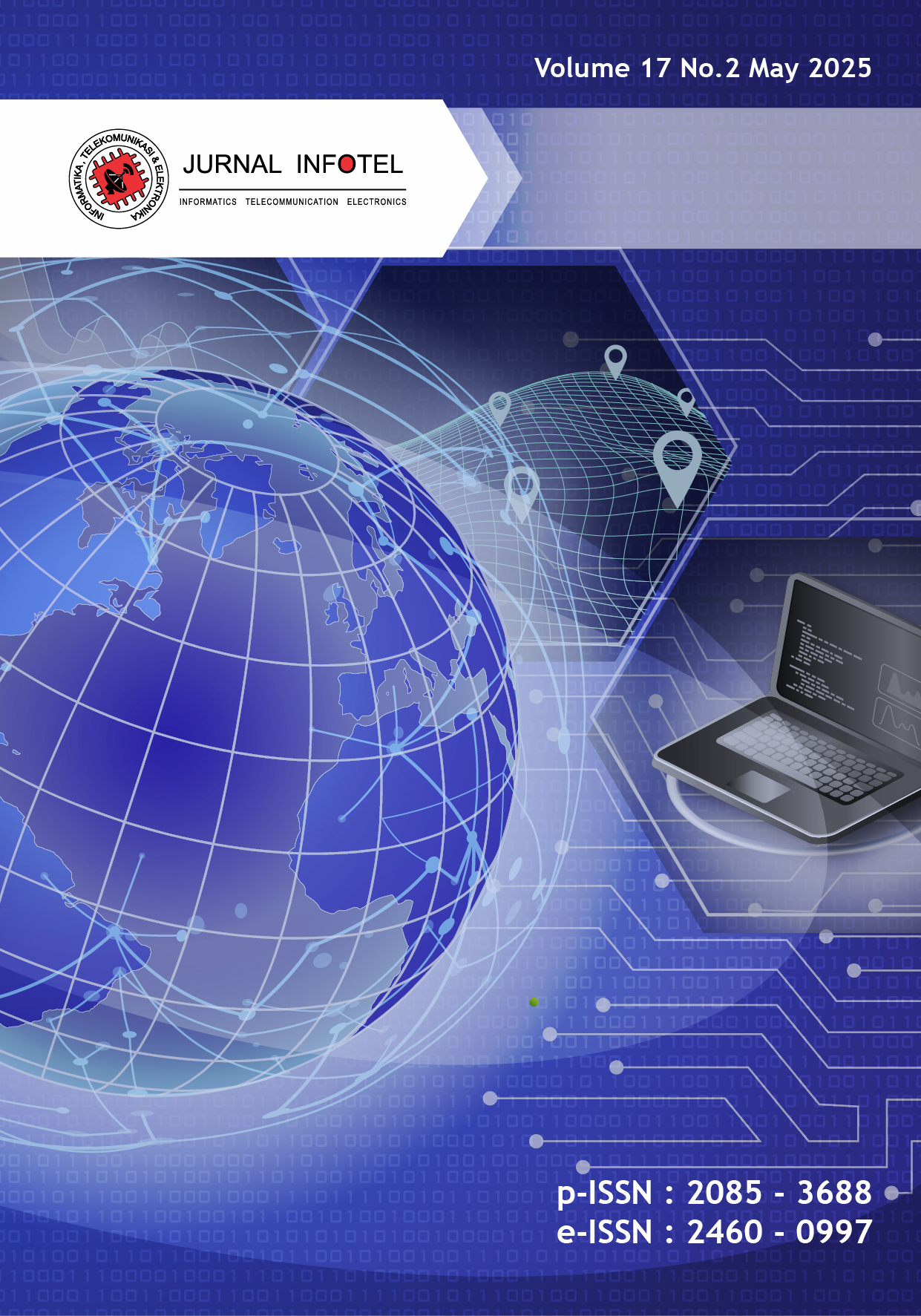Enhancing Disease Diagnosis Coding: A Deep Learning Approach with Bidirectional GRU For ICD-10 Classification
Main Article Content
Abstract
The health insurance claim in hospitals involves selecting specific ICD-10 codes for primary diagnosis texts. With rising claim volumes, the need for faster, more accurate coding is critical. This study develops a deep learning model to classify diagnosis texts into relevant ICD-10 codes using 9,982 original medical records from a national referral hospital under the Indonesian Ministry of Health. The classification method employs a BiGRU layer architecture, known for its effectiveness in handling sequential data, such as diagnosis texts. BiGRU operates bidirectionally, enhancing the model’s ability to capture the context from both past and future sequences. In this architecture, the BiGRU layer serves as the classification layer, stacked above the BERT layer, which functions as the vector embedding layer, converting text into numerical representations for the model. The results of the study demonstrate a promising solution for codifying primary diagnosis texts, achieving a precision of 82.18% and a recall of 81.59%. Despite the strong performance of the model, further improvements are possible. Interestingly, the study also observed that the size of the class volume per ICD-10 code is not the only factor affecting classification performance, as some classes with smaller volumes exhibited better classification results. However, merging rare classes did not improve performance and even worsened it, suggesting that better ways to handle underrepresented classes are needed. Experiments with different embedding layers, such as IndoBERT and BioClinicalBERT, and hyperparameter tuning yielded minimal performance gains, suggesting the need for alternative optimization strategies.
Downloads
Article Details

This work is licensed under a Creative Commons Attribution-ShareAlike 4.0 International License.
Authors who publish with this journal agree to the following terms:
- Authors retain copyright and grant the journal right of first publication with the work simultaneously licensed under a Creative Commons Attribution License that allows others to share the work with an acknowledgement of the work's authorship and initial publication in this journal.
- Authors are able to enter into separate, additional contractual arrangements for the non-exclusive distribution of the journal's published version of the work (e.g., post it to an institutional repository or publish it in a book), with an acknowledgement of its initial publication in this journal.
- Authors are permitted and encouraged to post their work online (e.g., in institutional repositories or on their website) prior to and during the submission process, as it can lead to productive exchanges, as well as earlier and greater citation of published work

